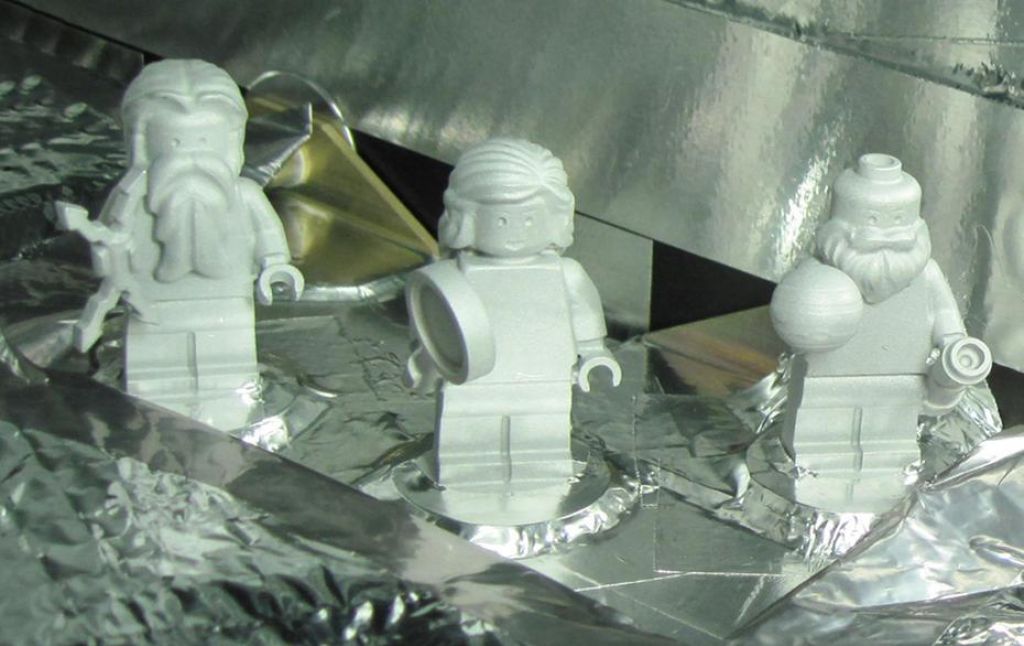Remarkable footage emerges from NASA’s Juno mission
After five long years journeying through the vastness of space, NASA's Juno spacecraft is revealing details about the biggest planet in our solar system: Jupiter.
This comes nearly one year after the world was wowed by the New Horizons mission, which returned the most detailed pictures of Pluto we've ever seen.
Jupiter, however, is different. It's one of the brightest objects in the night sky, and humans have been observing it with the naked eye for as long as we've been around.
Then, some 400 years ago, a man named Galileo Galilei peered through his telescope, and noted some little stars moving around Jupiter in an interesting way.
He concluded that these were satellites, or moons, and that they must be orbiting the planet. Along with his other body of work, this observation led to our modern understanding of the solar system, and how celestial objects move around each other.
And, for the first time ever, this orbital motion has been captured on video by Juno:
Despite being based on recorded observation, Galileo's views went against the conventional thinking of his time, and he was tried for heresy and placed under house arrest by the Catholic Church until his death (the church issued an official apology in 1992).
The field of astronomy has grown in leaps since then, and yet we still know surprisingly little about Jupiter and what it's made of.
Juno seeks to reveal some of those details.
View post on imgur.comNow in orbit around the gas giant, Juno will help us understand the planet’s composition, its magnetic field, its gravity field, how the planet was formed, how much water might be present, and what's underneath all those layers of gas. Does it have a surface? This is one of the greatest intrigues about this familiar fixture of our night sky.
And sticking with traditional astronomical naming conventions, Juno was perfect for the job. As NASA states: “The god Jupiter drew a veil of clouds around himself to hide his mischief, and his wife, the goddess Juno, was able to peer through the clouds and reveal Jupiter's true nature.”
Keep an eye out for more imagery from the Juno mission over the coming months.
